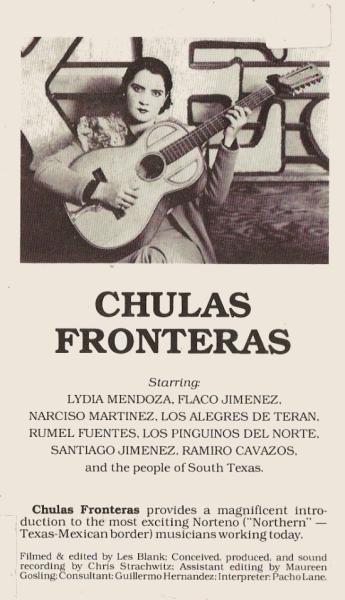Pajaro Negro (siguiriya)-La Caita
full version here with English translation.
Every year I send out a new year’s greeting to my friends and family and this year I included a Solea letra (lyrics) with the greeting. Solea is a type of Flamenco song usually dealing with the anguish of heartbreak and loss.
Though I tear off
the hands of my watch
time will not stop
Agujas de me reloj
que yo las iba arrancando
y el tiempo no se paró.
-Solea
Flamenco letras can be anything from heartbreaking to humorous to coquettish as in this favorite letra of mine:
Tu tienes dos lunares
uno juntito la boca
el otro donde tu sabes
You have two beauty marks*
one near your lips
and the other – you know where
you can hear the song here: myspace.com/doslunaresla
Lunares (polka dots) are considered good luck in Gitano and other Roma cultures. Earlier this year there was an issue with a name I was using for my Flamenco projects and I was happy to re-christen this project as Dos Lunares, in honor of the song and the symbolic luck I hope it will bring me.
If you enjoy Flamenco letras and are interested in reading more, check out the excellent blog Flamenco Quote of the Day presented by Sakai Flamenco. Highly recommended!
Recently on the blog, one of my favorite letras was included in a post:
There, still in my bed,
in the small hollow she left,
is the pin from her hair,
and the little comb she used
to hold it there.
Todavia esta en mi cama
el hoyito que dejo,
la orquillita de su pelo,
y el peine que la peino.
Solea/Traditional
I first heard this letra from the cantaor Agustin Rios Amaya from Morón de la Frontera. Most of the songs he sings were taught to him by family and friends. You could say they become a form of oral history. As he taught me different letras, he would explain the origins of the song, who he learned from and why it was meaningful. In Flamenco, cante (the song) is king and the interpretation of letras is extremely important to the art form. The above letra included a very touching story that went along with it.
While many letras are traditional they are often improvised as a way of inspiring the musicians and dancers around them or sometimes to remark on the situation at hand. One cantaor who I very much enjoy, El Capullo de Jerez claims this letra was improvised on the spot and was so popular he incorporated it into a whole song.
Porque la vida es una rutina
apágame la luz
y enciéndeme la luz…
Because life is a routine
turn off the light
turn on the light
-Rumba
The Pajaro Negro video is from the movie Latcho Drom and dedicated to my friend El Chavo! as it is one of his favorites. My new year’s wish is for someone to release two of my favorite Gypsy related films on DVD: Latcho Drom and Angelo My Love.
Best wishes for a super New Year!
*Lunares can be translated as moons, polka dots or beauty marks.
(Also posted at :dos lunares)

